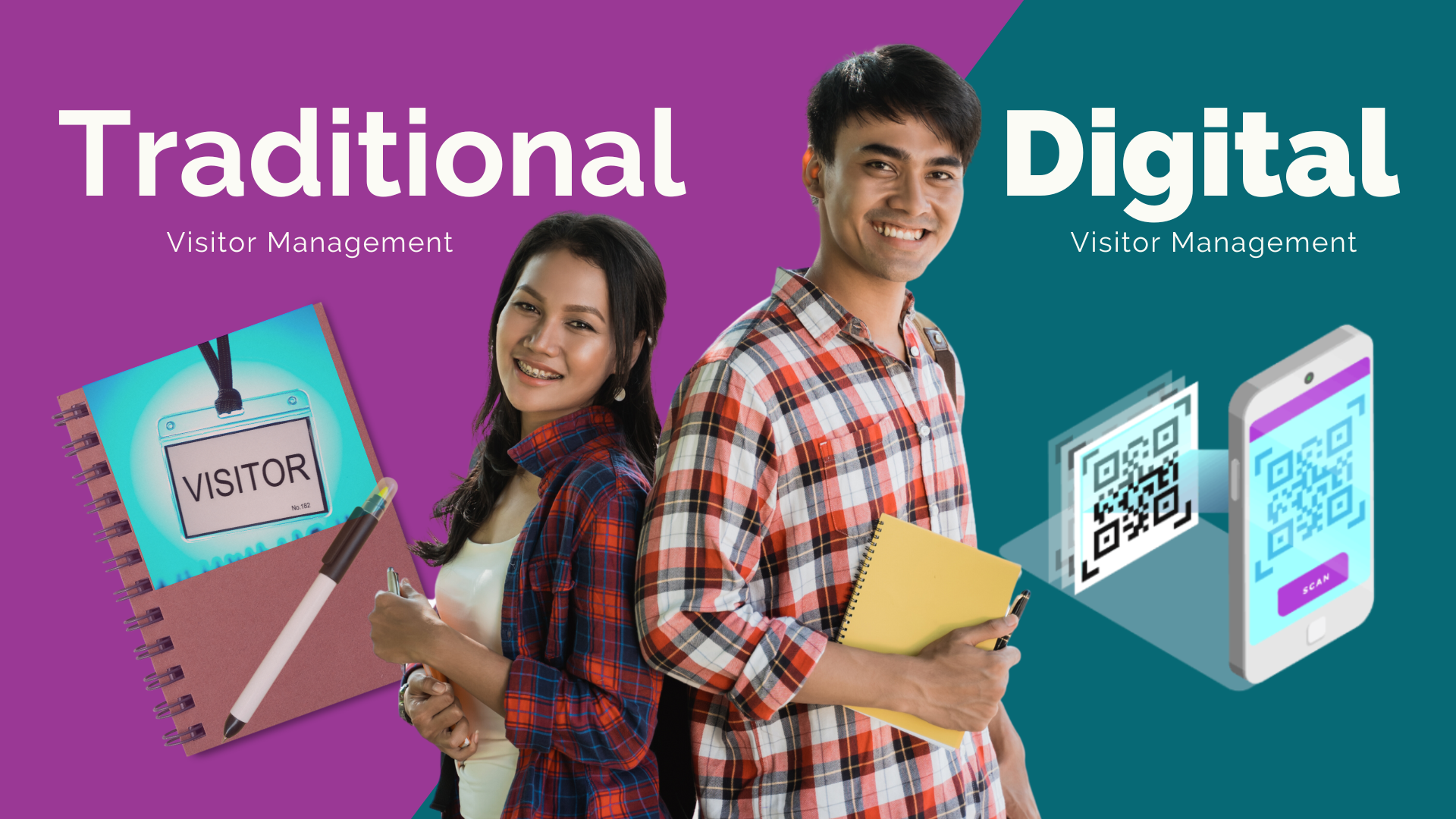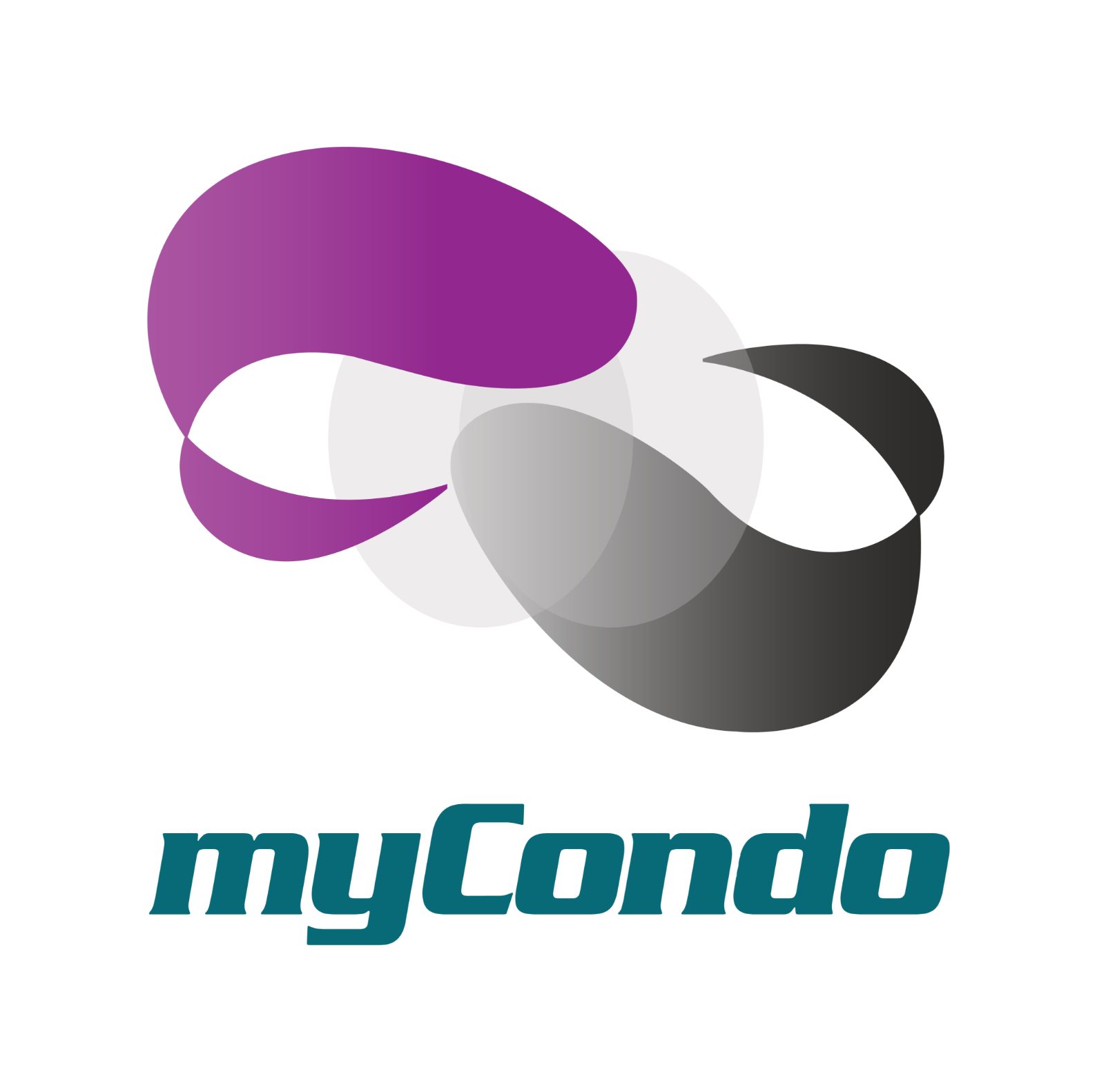The concept of visitor management has undergone a significant transformation with the advent of technology. Traditional methods, such as logbooks and manual check-ins, have given way to the era of virtual management systems, where advanced technologies streamline the process, enhancing efficiency, security, and overall user experience. In this article, we will explore the differences between traditional visitor management and the technological advancements ushered in by virtual management systems.
Traditional Visitor Management

Traditional visitor management systems have been in use for decades and typically involve manual processes:
Paper Sign-In Sheets: Visitors are required to fill out paper sign-in sheets upon arrival, providing their name, purpose of the visit, and contact information. These sheets are typically stored in a logbook or filing system.
Manual Verification: Security personnel manually cross-reference visitor information with a list of authorized visitors, verifying identities and permissions.
Physical Visitor Badges: In some cases, visitors are issued physical badges that they wear while on the premises. These badges may have limited security features.
Limited Documentation: Traditional systems may not provide comprehensive visitor documentation, making it challenging to retrieve historical data or analyze visitor patterns.
Human Error: Reliance on manual processes can introduce the possibility of human error, such as misidentifying visitors or failing to cross-check visitor details effectively.
Digital Visitor Management

In contrast, virtual visitor management leverages technology to streamline and enhance the visitor experience:
Digital Check-In: Visitors often check in using electronic kiosks, tablets, or smartphones. They provide their details, and the system automatically registers their visit.
Automated Verification: Virtual systems employ automated verification processes, cross-referencing visitor data with pre-registered information, databases, or watchlists.
Digital Passes or QR Codes: Visitors may receive digital passes or QR codes on their smartphones, granting them access. These codes can be scanned at entry points.
Real-time Tracking: Virtual management enables real-time tracking of visitor movements within a facility. Security personnel and authorized personnel can monitor visitors, enhancing overall security and enabling better emergency preparedness.
Comprehensive Data: Virtual systems maintain detailed visitor records, including entry and exit times, photographs, and purposes of the visit. This data can be easily accessed and analyzed.
Enhanced Security: Virtual systems often feature robust security measures, such as biometric authentication, encryption, and integration with access control systems.
Key Differences and Advantages of Virtual Management
Efficiency and Speed: Digital platforms significantly reduce wait times. Visitors can pre-register online, allowing for swift check-ins and enhancing overall efficiency.
Security: Automated verification and stringent security measures enhance the safety and reduce the risk of unauthorized access.
Data Accessibility: Comprehensive digital records are easily accessible, allowing for real-time monitoring and historical analysis of visitor data.
Contactless Entry: In the wake of global health concerns, contactless technologies have become paramount. Virtual management enables touchless interactions, minimizing physical contact and reducing the risk of disease transmission.
User Experience: Virtual systems offer a more user-friendly experience, with intuitive interfaces and digital passes that visitors are familiar with.

Conclusion
The evolution from traditional visitor management to virtual systems represents a significant leap forward in efficiency, security, and user experience. While traditional methods may still suffice for some settings, virtual management offers advanced features and adaptability that are increasingly relevant in today’s fast-paced, technology-driven world. As the digital transformation continues, businesses and organizations must consider the advantages of virtual visitor management to enhance security and streamline visitor processes.
Learn and read more about condo living and management: https://mycondo.sg/news-events/
Website: www.mycondo.sg
Email:
Sales enquiries: [email protected]
Sales support: [email protected]
Call or WhatsApp:
Phone: 69502850
WhatsApp: 88123888




